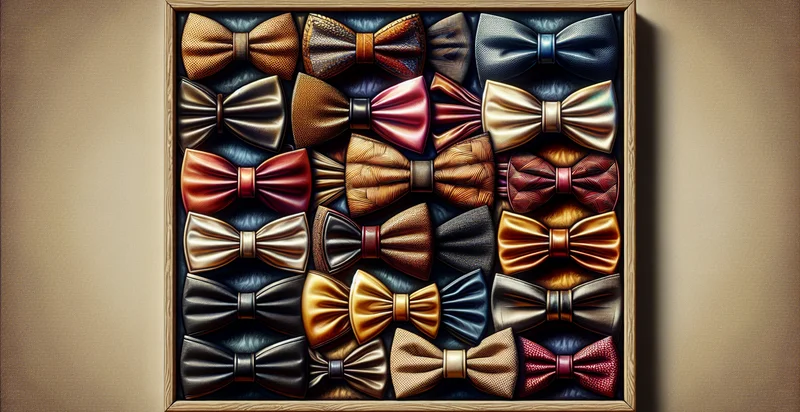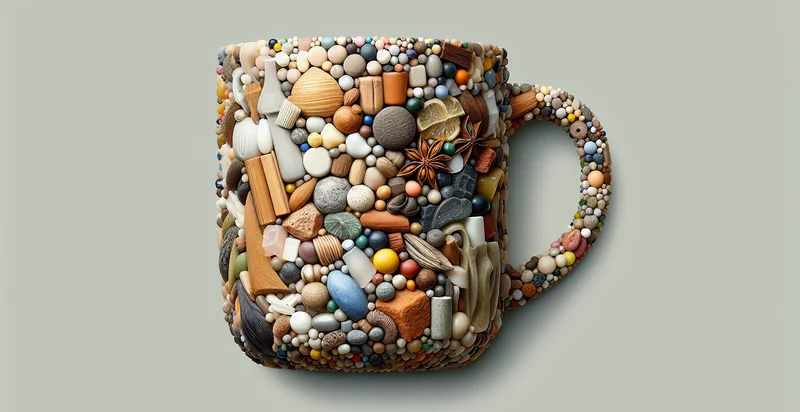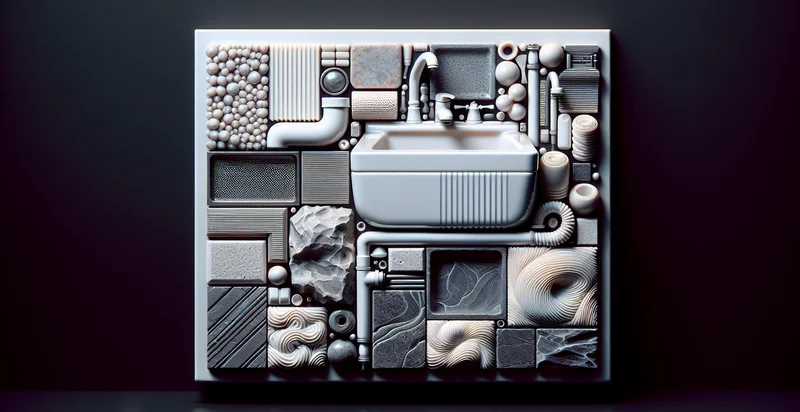Identify what material a bowtie is made from
using AI
Below is a free classifier to identify what material a bowtie is made from. Just upload your image, and our AI will predict what material a bowtie is made from - in just seconds.

Contact us for API access
Or, use Nyckel to build highly-accurate custom classifiers in just minutes. No PhD required.
Get started
import nyckel
credentials = nyckel.Credentials("YOUR_CLIENT_ID", "YOUR_CLIENT_SECRET")
nyckel.invoke("what-material-a-bowtie-is-made-from", "your_image_url", credentials)
fetch('https://www.nyckel.com/v1/functions/what-material-a-bowtie-is-made-from/invoke', {
method: 'POST',
headers: {
'Authorization': 'Bearer ' + 'YOUR_BEARER_TOKEN',
'Content-Type': 'application/json',
},
body: JSON.stringify(
{"data": "your_image_url"}
)
})
.then(response => response.json())
.then(data => console.log(data));
curl -X POST \
-H "Content-Type: application/json" \
-H "Authorization: Bearer YOUR_BEARER_TOKEN" \
-d '{"data": "your_image_url"}' \
https://www.nyckel.com/v1/functions/what-material-a-bowtie-is-made-from/invoke
How this classifier works
To start, upload your image. Our AI tool will then predict what material a bowtie is made from.
This pretrained image model uses a Nyckel-created dataset and has 10 labels, including Brocade, Cotton, Linen, Nylon, Polyester, Satin, Silk, Taffeta, Velvet and Wool.
We'll also show a confidence score (the higher the number, the more confident the AI model is around what material a bowtie is made from).
Whether you're just curious or building what material a bowtie is made from detection into your application, we hope our classifier proves helpful.
Related Classifiers
Need to identify what material a bowtie is made from at scale?
Get API or Zapier access to this classifier for free. It's perfect for:
- Inventory Management: This function can be used to streamline inventory processes for retailers and manufacturers by accurately identifying the materials of bowties. By categorizing products by material, businesses can manage stock levels more efficiently and reduce waste through better demand forecasting.
- Personalized Marketing: Fashion brands can leverage this function to create targeted marketing campaigns based on material preferences of their customers. By understanding what materials are favored, brands can curate tailored recommendations, increasing customer engagement and conversion rates.
- Quality Control: Manufacturers can implement this function within their quality assurance processes to identify materials used in bowtie production. This ensures that products meet the necessary quality standards and specifications, reducing the likelihood of defects or customer returns.
- E-commerce Optimization: Online retailers can utilize this function to enhance product descriptions and searchability based on material. By enabling more accurate filtering and search results, customers can find the specific types of bowties they are looking for more easily, leading to improved user experience and sales.
- Sustainable Sourcing: Businesses committed to sustainability can apply this function to evaluate the materials used in bowties. This can help them promote eco-friendly practices by identifying and highlighting sustainable materials, fostering a more environmentally responsible image.
- Trend Analysis: Fashion analysts can use this function to track material trends in bowtie fashion over time. By analyzing the materials that become popular, businesses can adapt their product designs and materials selection to stay ahead in the competitive fashion market.
- Supply Chain Transparency: Companies can enhance their supply chain transparency by using this function to verify the materials used in bowties they source. This can bolster consumer trust as businesses can provide more detailed information about the provenance and ethical sourcing of their materials, aligning with growing consumer demand for transparency.


